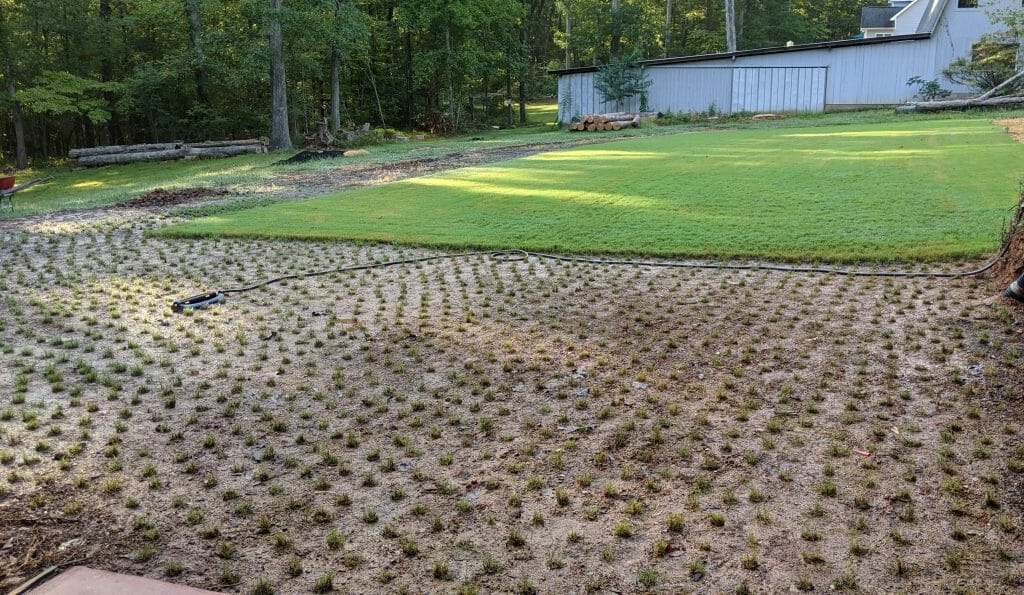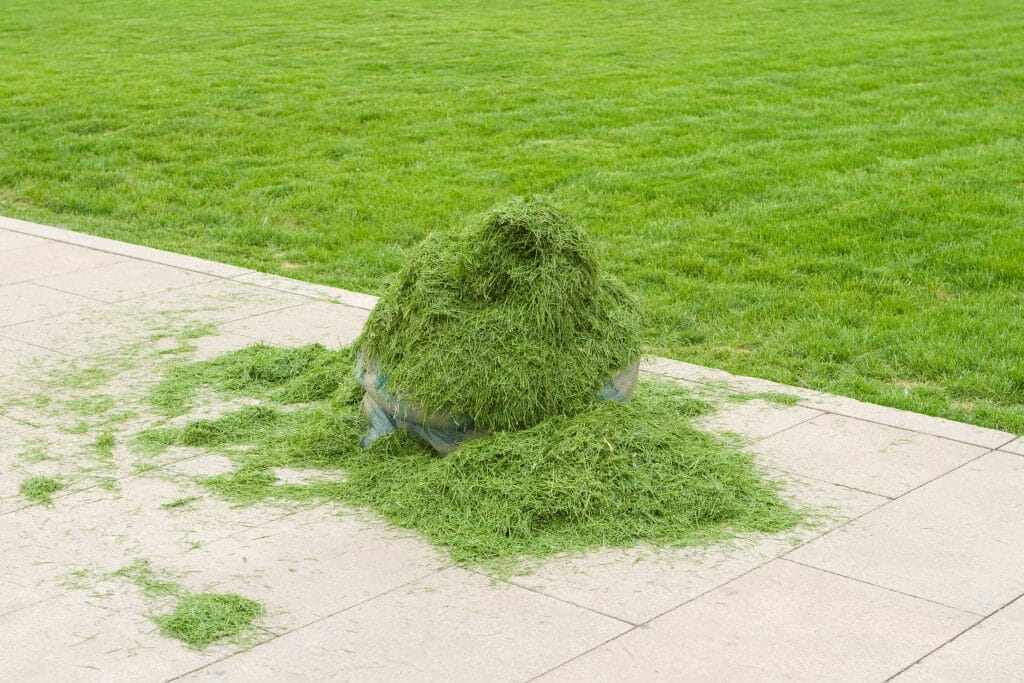Growing a gorgeous lush lawn is the goal of many gardeners, but it can be very hard to know where to start.
There are so many forms of turf that are suitable for different uses and climates. So what should you choose? Centipede vs. Bermuda grass: which is better?
The type of grass you choose depends on your location and the use of your lawn. If you live in a hot country with little rain, then Centipede grass is a good choice, but if you need a more durable lawn, then Bermuda grass is for you.
Choosing the correct grass can be confusing, but if you get to know your climate and you have assessed your lawn needs, then we can help you figure it out.
This article is going to get into the nitty-gritty of the differences between Centipede and Bermuda grass and help you figure out which one is best for you.
How to Choose the Right Grass For Your Situation
When you’re deciding what grass to create your lawn with, there are two main things to consider: traffic and climate.
When we talk about traffic, we are really asking what your lawn is used for. In some homes, your lawn may be purely decorative with the occasional light use by people. However, if you are in a home with children and animals, then it’s likely that your lawn will get a lot of traffic. High-traffic lawns need a particular type of grass that can withstand it.
Climate is based on what weather conditions you have where you live. You need to consider your garden’s temperature, rainfall, and light conditions to pick a grass that will thrive in your environment.
Right, now that we know what we’re looking for, let’s take a look at these grasses.
Bermuda Grass
Bermuda grass is a medium to dark green grass with broad, coarse blades.
While this grass may be slightly thirstier than others, Bermuda grass is a pretty hardy turf. It is not only drought and heat-tolerant, but it can also withstand heavy traffic. It is known to bounce back very quickly, even after the kids have spent the whole day playing on it.
Although it doesn’t enjoy cold weather, frost will not kill your Bermuda grass. Instead, it will go dormant until the weather becomes more favorable.
The downfall of Bermuda grass is shade and standing water, so you must ensure that your whole lawn is well-drained and in full sun.
Centipede Grass
Centipede grass is a vibrant, light green grass with slim blades and a fine texture.
This grass is slow-growing but low maintenance, requiring half the amount of water per week as many of its competitors. It requires at least 6 hours of full sun daily to grow lush and green.
Warm climates are ideal for Centipede grass as it is not tolerant to cold at all and should not be exposed to temperatures until 50 F. If exposed to cold or prolonged shade, your Centipede grass will die quickly.
If you are looking for primarily decorative grass that is not used consistently, then Centipede grass is an ideal choice. This grass does not tolerate high traffic and will die off quickly if constantly used.
Bermuda vs. Centipede Grass
So, now that we are a little more acquainted with each of these grass varieties, what are the core differences?
Let’s look at them side by side.
| Bermuda | Centipede | |
| Appearance | Medium to dark green | Light green |
| Durability | Withstands high traffic | Not tolerant to traffic |
| Temperature | Can handle drought and colder temperatures | Only grows in temperatures above 50 F |
| Watering | 0,5-1’’ per week | 1-1.5’’ per week |
| Soil | Slightly acidic, well-drained | Slightly acidic, well-drained |
| Light | Full sun | Full sun |
As you can see, there are some strong similarities between these grasses, but there are also some key differences that make them suitable for different situations.
We recommend Centipede grass if you like a low-maintenance lawn that will look pretty and live in a warm climate.
However, if you get a lot of use out of your lawn and you don’t mind the extra watering, then Bermuda grass is for you.
Frequently Asked Questions:
Will Centipede grass take over Bermuda?
No, in fact, quite the opposite.
Bermuda grass grows more aggressively than Centipede grass, and this will cause it to overtake and choke the Centipede grass. So while they thrive in similar climates, they do not work well side by side.
What is the best grass to mix with Centipede grass?
Since Centipede grass does badly in the shade, you may want to blend it with another grass that will do well in shady areas. We suggest using St Augustine grass, which survives well without full sun.
That way, your lawn will be thick and green from edge to edge.
Conclusion
Centipede and Bermuda grass are two common turfs that can become stunning lawns in the right circumstances. It just takes a little know-how about the differences between the two to pick the perfect grass to make your backyard something to be proud of.
At the end of the day, it’s not about which is better but rather which is better for you in particular. We hope this exploration into these two turf classics has inspired you to give your lawn a refresh using one of these wonderful grasses.





